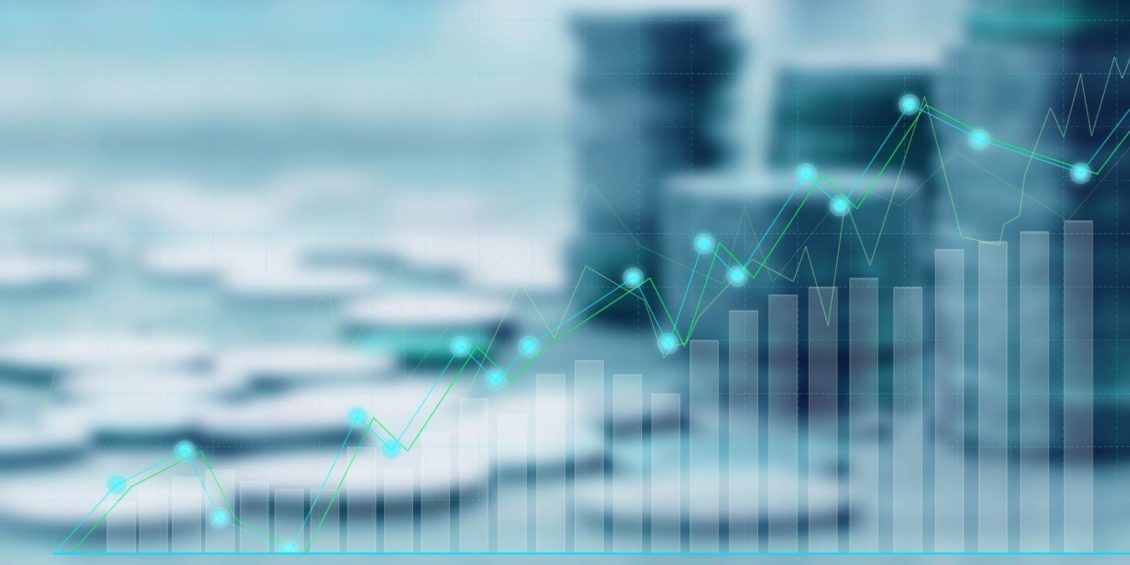Ray Dalio’s All Weather portfolio is built to withstand all types of economic conditions, which is why it’s so popular. The US billionaire runs the world’s largest hedge fund, Bridgewater Associates. In this guide, we explain the investment strategy of Ray Dalio’s portfolio, break down its performance, and explain how you can create your own All Weather portfolio using exchange-traded funds (ETFs).
What is Ray Dalio’s investment philosophy?
Dalio founded his hedge fund, Bridgewater Associates, in 1975. He has served as the firm’s co-chief investment officer since 1985. Bridgewater Associates is the world’s largest hedge fund and has approximately $220bn in assets under management (AUM) as of September 2021. Dalio attended college on Long Island and then got an MBA from Harvard Business School.
His investment philosophy has a macro focus. Dalio employs several strategies and allocates more or less capital to each depending on economic factors, such as inflation and GDP growth. This is based on something he calls risk parity, which means allocating capital based on risk.
Dalio was one of the first hedge fund managers to separate beta and alpha strategies. Beta strategies are passively managed, which is what the All Weather fund is based on, while alpha strategies, which his Pure Alpha fund uses, are actively managed.
What is Ray Dalio’s All Weather Portfolio?
The All Weather portfolio is an investment strategy meant to ‘weather’ any economic condition. It is a stable investment strategy designed around portfolio diversification and has historical average annual returns between 7% and 8%.
According to Dalio, inflation, deflation, rising economic growth and falling economic growth all have a big impact on a portfolio. Therefore, this portfolio is designed to survive in any of these conditions because it contains some assets that perform well during various market environments.
The asset allocation of the portfolio is as follows:
- 40% long-term treasuries/gilts
- 30% in a diversified basket of stocks such as an index fund or index ETF
- 15% medium-term treasuries/gilt
- 15% commodities
- 5% gold
- 5% diversified commodities
The portfolio is designed to have minimal drawdowns during down periods in the stock market, but that also means it can’t capture the higher returns of a 100% stock portfolio when the stock market is in a bull run.
In terms of performance, the All Weather portfolio has returned just under 8% on an annual basis over the last 25 years (using US stocks). In comparison, annual returns in the S&P 500 are close to 10%, while the FTSE 100 annual returns are near 8%.
Standard deviation is a measure of risk or variability of returns from year to year. The S&P 500 has a standard deviation of 13.5 over the last 10 years, while the standard deviation of the All Weather portfolio is under 7. The fund has almost the same returns as the index but around half the volatility or fluctuations.
The dividend/income on the Ray Dalio’s portfolio is approximately 1.4% (using US stocks and treasuries). In comparison, the dividend yield of the S&P 500 is 1.3%, while the FTSE 100 is 3.4%.
How can I replicate Ray Dalio’s portfolio’s asset allocation with ETFs?
The All Weather portfolio can be replicated with ETFs. Specify the amount of capital that will be used for the strategy, then divide that capital according to the weightings.
Investors based in the UK can substitute UK stocks and gilts for US stocks and treasuries. Let’s look at an example of that:
- 40% goes into long-term treasuries.
- Consider an ETF such as the iShares Core UK Gilts UCITS ETF [IGLT].
- For the stock section, 30% goes into a diversified stock index fund.
- Consider the SPDR FTSE UK All Share UCITS ETF [FTAL]. This includes most companies listed on the London Stock Exchange.
- An alternative is the iShares Core FTSE 100 UCITS ETF [ISF], which holds the largest 100 companies in the UK.
- 15% goes into medium-term treasuries.
- There are not many specific medium-term gilt ETFs.
- An alternative is to use a shorter-term maturity with the iShares UK Gilts 0-5yr UCITS ETF [IGLS].
- Alternatively, consider using a well-rounded fund (multiple maturities) such as the SPDR Barclays UK Gilt UCTIS ETF [GLTY].
- 15% goes into commodities, with 7.5% into gold and the remaining 7.5% into a diversified basket of commodities.
- For gold, consider the WisdomTree Physical Gold GBP-Hedged ETF [GBSP]. This avoids the currency risk of owning gold in US dollars inside an ETF. For an unhedged option, consider the Invesco Physical Gold A [SGLP].
- For a diversified basket of commodities, consider the iShares Diversified Commodity Swap UCITS ETF [COMM]. This one is not GBP-hedged. For GBP-hedged, consider the WisdomTree Enhanced Commodity UCITS GBP Hedged [WCOM].
For those interested in buying US ETFs to replicate the All Weather strategy’s asset allocation, here are some ETFs to consider:
- For the 40% long-term treasuries:
- iShares 20+ Year Treasury Bond ETF [TLT]
- For the 30% into a stock index fund:
- Vanguard Total Stock Market ETF [VTI]
- Vanguard S&P 500 ETF [VOO]
- For the 15% into medium-term treasuries:
- iShares 3-7 Year Treasury Bond [IEI]
- Vanguard Intermediate-Term Treasury ETF [VGIT]
- For the 7.5% into gold:
- SPDR Gold Trust [GLD]
- For the 7.5% into diversified commodities
- Invesco Optimum Yield Diversified Strategy No K-1 ETF [PDBC]
- iShares S&P GSCI Commodity-Indexed Trust [GSG]
In all these examples, a bond ETF or corporate bond ETF could be used instead of treasury or gilt ETFs. Corporate bond funds tend to have slightly higher returns than treasuries, but they also have more volatility.
Portfolio rebalancing is done once a year to bring back each part of the portfolio to its proper percentage allocation.
What about the use of leveraged ETFs?
Leveraged ETFs are used to potentially enhance returns, but they will also increase the size of drawdowns during tough periods. For example, leveraged funds can provide two or three times the exposure, which means two or three times the movement, either up or down, depending on the underlying market direction.
Dalio does use leverage sometimes when managing the Bridgewater Associates All Weather fund.
While leveraged ETFs typically only come in 2x or 3x leverage, investors can customise how much leverage they have by purchasing non-leveraged ETFs along with leveraged ETFs.
For example, let’s say an investor only wants 1.5x leverage on the stock portion of their account. They could invest 15% (half of the stock allocation) into a traditional non-leveraged stock ETF.
They could potentially then put the other 15% into a 2x leveraged fund. The net effect is the stock portion of the portfolio is 1.5x leveraged. A higher percentage into the normal fund decreases the leverage, while putting more in the leveraged fund increases leverage.
What are Bridgewater’s biggest individual stock holdings?
These are Bridgewater’s largest holdings. These positions are subject to change and may be regularly increasing or decreasing. They are based on 13F files, which hedge funds file quarterly disclosing their US long positions.
| Stock | Value held | % of portfolio |
| SPDR S&P 500 ETF Trust [SPY] | $845m | 5.42% |
| Walmart [WMT] | $736m | 4.72% |
| Vanguard FTSE Emerging Markets ETF [VWO] | $645m | 4.14% |
| Procter & Gamble Co [PG] | $641m | 4.11% |
| Johnson & Johnson [JNJ] | $465m | 2.98% |
| Coca Cola Co [KO] | $445m | 2.86% |
| PepsiCo [PEP] | $395m | 2.54% |
| Costco [COST] | $334m | 2.14% |
| McDonald’s [MCD] | $323m | 2.07% |
| Alibaba Group Holding [BABA] | $322m | 2.06% |
Source: Whale Wisdom
FAQs
What is the minimum investment for Bridgewater Associates?
The hedge fund typically only accepts institutional investor clients with at least $7.5bn in investable assets, according to SmartAsset. It does not have individual/retail clients.
What is Ray Dalio’s net worth?
Dalio’s net worth is estimated to be $20.3bn, primarily gained through running one of the world’s largest hedge funds.







Leave a Reply
View Comments